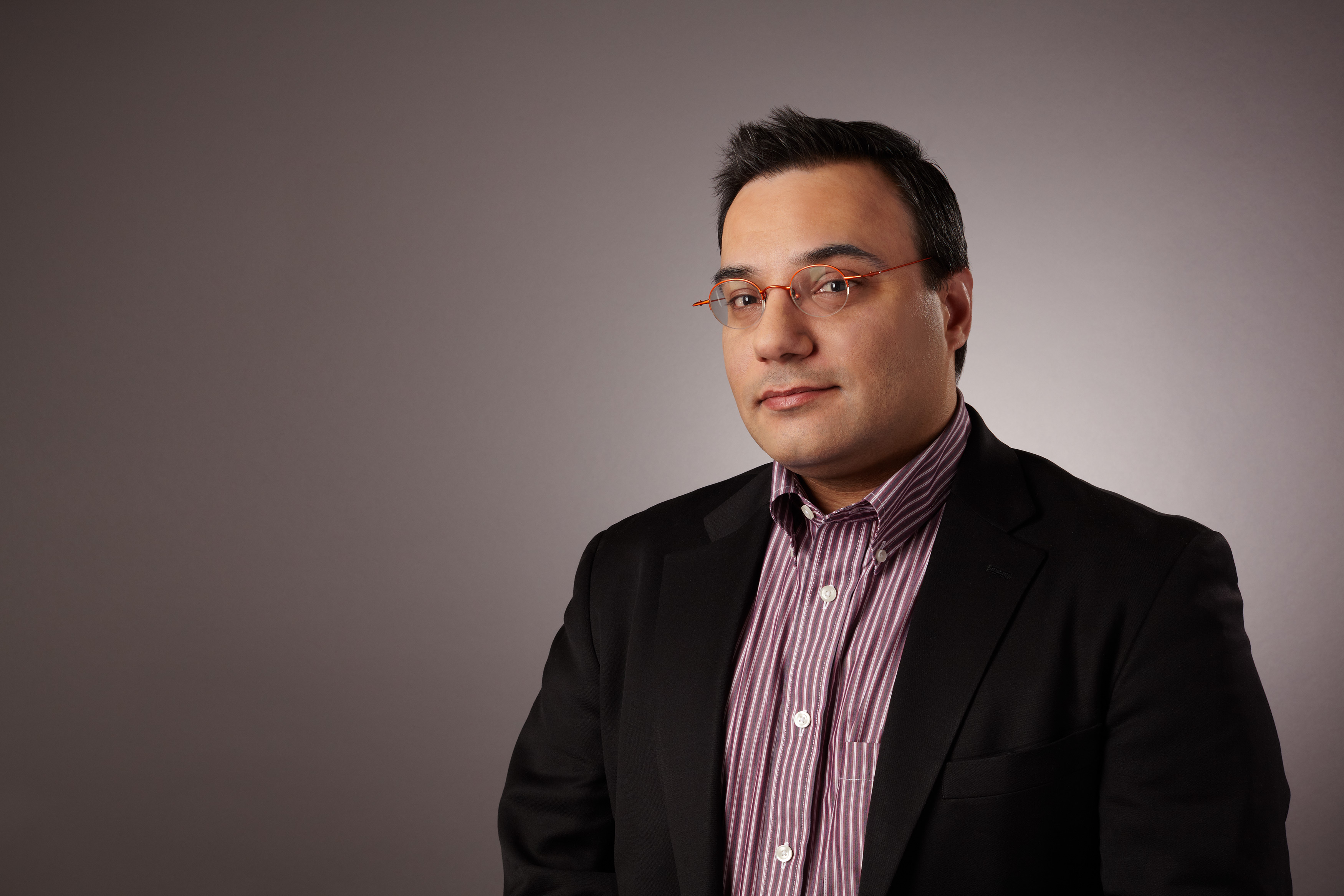Debris From Space Collision Poses Threat to Other Satellites

Scientistsat NASA are keeping close tabs on two clouds of debris from Tuesday collision betweenU.S. and Russian satellites to determine how much of a risk they pose to theagency?s Earth-watching spacecraft and, possibly, the Hubble Space Telescope.
The rarecollision between a U.S. Iridium 33 communications satellite and thedefunct Russian military communications satellite Cosmos 2251 is unprecedented,marking the first time two intact satellites orbiting Earth have accidentallycrashed into and obliterated one another, NASA officials said. Their smash-up createdtwo largeclouds of space debris that are currently being tracked by the U.S. SpaceSurveillance Network.
The debrisposes a greater risk to science satellites than to theInternational Space Station, which is currently home to two Americanastronauts and a Russian cosmonaut, since the collision occurred 490 miles (790km) above Siberia. The space station flies in an orbit about 220 miles (354 km)above Earth.
?This islike over 400 kilometers above the station, so we do believe that some of thedebris is going down through station altitude. But it?s a very, very smallminority of the debris clouds,? said Nicholas Johnson, chief scientist of NASA'sOrbital Debris Program Office at the Johnson Space Center in Houston. ?Forrobotic spacecraft at higher altitudes, the answer?s a little bit different. Soone by one we?ll be looking at those.?
Earthobservations satellites, such as NASA?s Aqua and Aura spacecraft in orbit 438 miles(705 km) above Earth, are particularly vulnerable - though the risk of an impact isstill low - and there?s another satellite in a 497-mile (800-km) orbit justabove the impact level, Johnson told SPACE.com late Wednesday. TheHubble Space Telescope orbits the Earth at about 372 miles (600 km), Johnsonsaid.
?That?s alittle bit farther away, but it?s a lot bigger too. All that matters,? Johnsonsaid of Hubble. ?It?s about how close you are to the debris cloud and how bigyou are.?
It will beweeks before the U.S. Space Surveillance Network pins down an accurate count ofthe number of individual debris pieces created in the event, but unofficialestimates put the damage somewhere in the 500 count. The U.S. SpaceSurveillance Network is currently tracking more than 18,000 separate man-madeobjects and debris at any given time, officials with the U.S. Strategic Commandsaid Wednesday.
Breaking space news, the latest updates on rocket launches, skywatching events and more!
?This isthe first time we?ve had two intact spacecraft collide, so it is a big deal,?Johnson said. ?But you know, it?s not unexpected.?
Johnsonsaid that some satellites fly within a few hundred meters of each other everyday. Each year, there are about six instances in which old satellites andsatellite parts break apart in what scientists call ?fragmentationevents.? Satellite components or spent rocket stages have accidentally collidedthree times before in the last 20 years.
In June1997, an unmanned Russian Progress cargo ship slammed into Russia?s Mir SpaceStation, damaging a solar array and radiator, and punching a hole in the ship?shull that depressurized one of its modules. Unlike Tuesday?s collision, thatProgress spacecraft was deliberately heading for Mir, where it was expected todock in a rendezvous system test.
?This wasgoing to happen,? Johnson said of Tuesday's accidental collision. ?There was no doubt that it was going to happen.?
Johnsonsaid the chances of a satellite being damaged by the debris from Tuesday?s collisionare admittedly low, but as the collision itself proved, such things can happen.He does not expect to see reports of many secondary impacts from the event.
He pointedout that when China intentionally destroyed one of its aging weather satellitesduring a 2007anti-satellite test, the impact created a cloud of more 2,500 pieces ofdebris.
?We don?t knowif any of them have hit any other satellite, alive or dead,? Johnson said ofthe Chinese test debris. ?So the odds are still very small, but they?re biggertoday than they were two days ago.?
- New Video: The Iridium/Cosmos Satellite Collision
- What Happens When Satellites Fall
- The Most Memorable Space Junk That Fell to Earth

Tariq is the award-winning Editor-in-Chief of Space.com and joined the team in 2001. He covers human spaceflight, as well as skywatching and entertainment. He became Space.com's Editor-in-Chief in 2019. Before joining Space.com, Tariq was a staff reporter for The Los Angeles Times covering education and city beats in La Habra, Fullerton and Huntington Beach. He's a recipient of the 2022 Harry Kolcum Award for excellence in space reporting and the 2025 Space Pioneer Award from the National Space Society. He is an Eagle Scout and Space Camp alum with journalism degrees from the USC and NYU. You can find Tariq at Space.com and as the co-host to the This Week In Space podcast on the TWiT network. To see his latest project, you can follow Tariq on Twitter @tariqjmalik.
